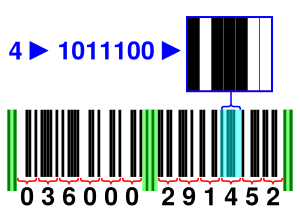Checksum facts for kids
A checksum is a special number used to check for errors. Think of it like a quick way to make sure that other numbers or data haven't been changed by mistake. It helps catch errors, like if someone types a number wrong or if data gets corrupted when it's moved.
There are many ways to calculate a checksum. The simplest way is just adding up all the digits. But smarter ways use special math rules, like those found in Hamming codes or cyclic redundancy checks.
Why Are Checksums Important?
Checksums are super useful in many places where numbers are important. They help make sure that account numbers, product codes, and computer files are exactly right. If a number is entered incorrectly, the checksum won't match, and the system can tell there's an error.
Checksums in Bank Accounts
Let's look at Portuguese bank account numbers as an example. These numbers are long, with 21 digits! The first 19 digits tell you the bank, the branch, and the account number itself. The last two digits are the checksum.
For example, a bank account number might look like this: 0002.0123.12345678901.54
- The digits 0002 identify the bank.
- The digits 0123 identify the bank branch.
- The digits 12345678901 are the actual account number.
- The digits 54 are the checksum.
To check if the number is correct, a computer takes the whole number (without the dots: 000201231234567890154) and divides it by 97. If the number is correct, the remainder of this division should be 1. If the remainder is anything else, it means there's an error, and the computer will show an error message. This helps prevent money from going to the wrong account!
Checksums in Software
Another place you might find checksums is in serial numbers for computer software. When you install a program, the serial number often includes a checksum. This helps make sure you've typed the serial number correctly and that it hasn't been tampered with.
See also
 In Spanish: Suma de verificación para niños
In Spanish: Suma de verificación para niños


